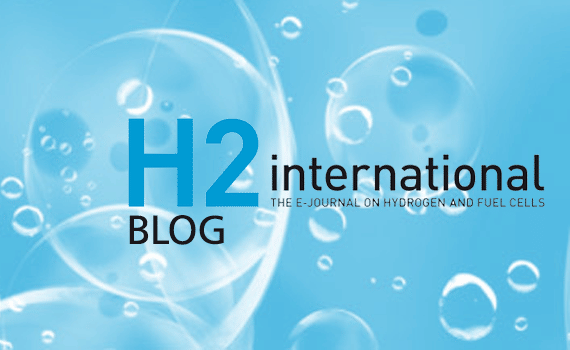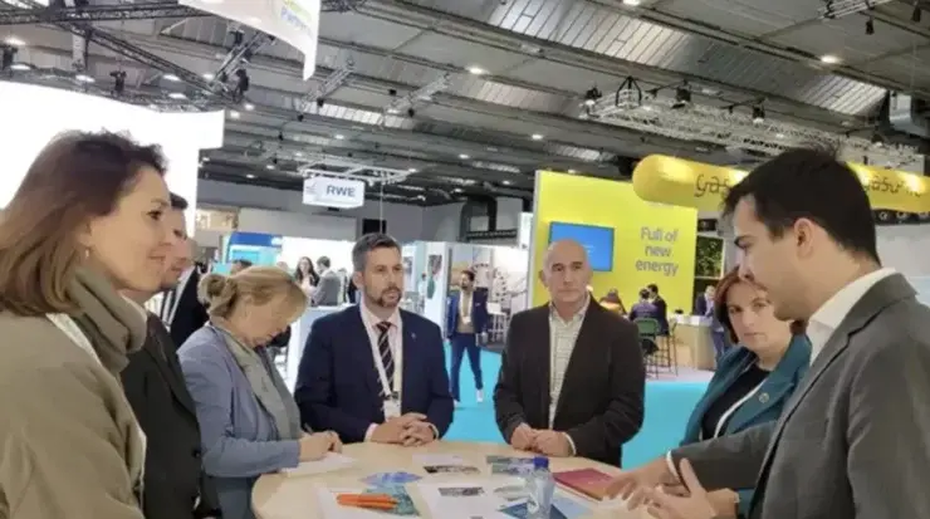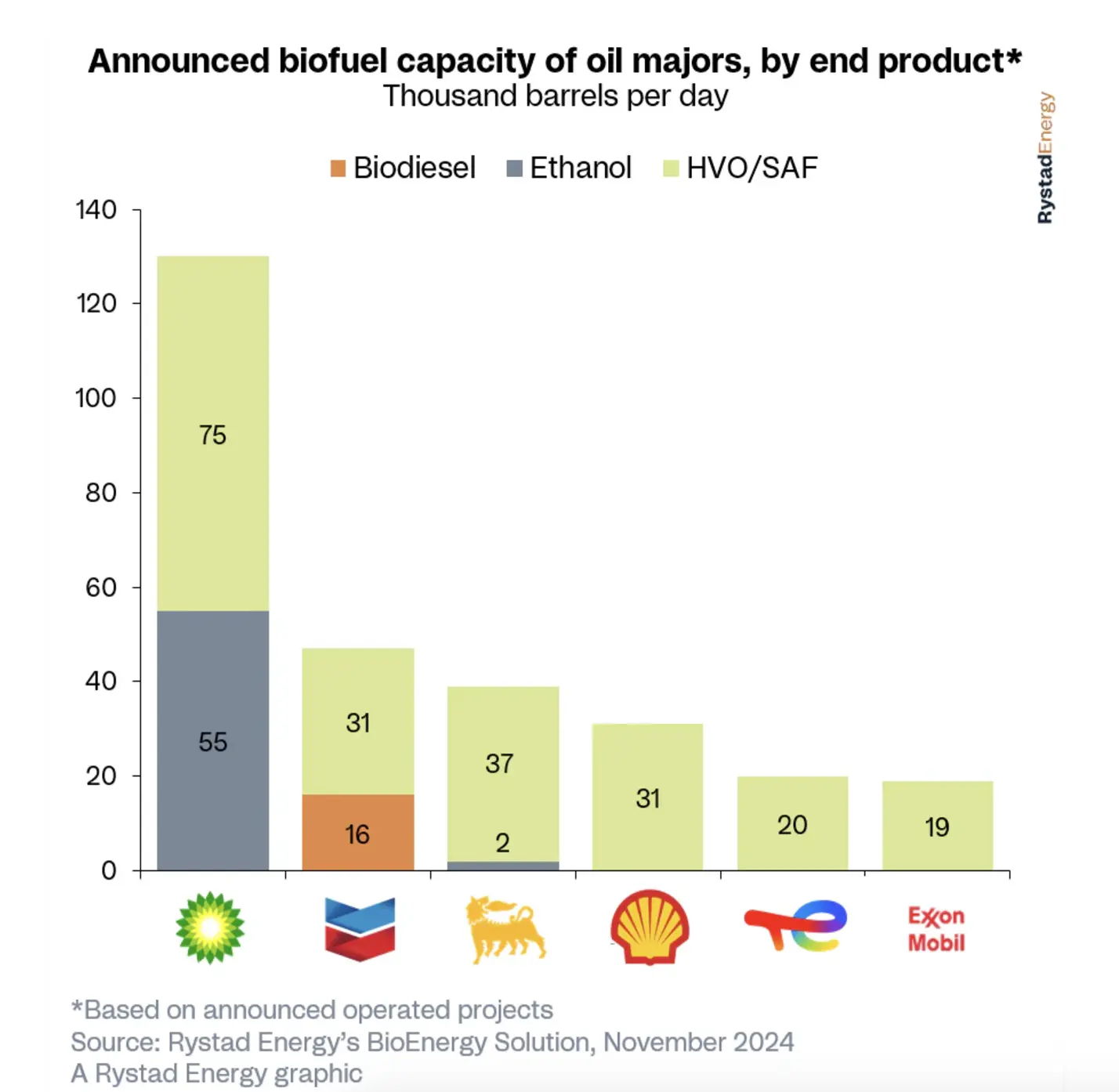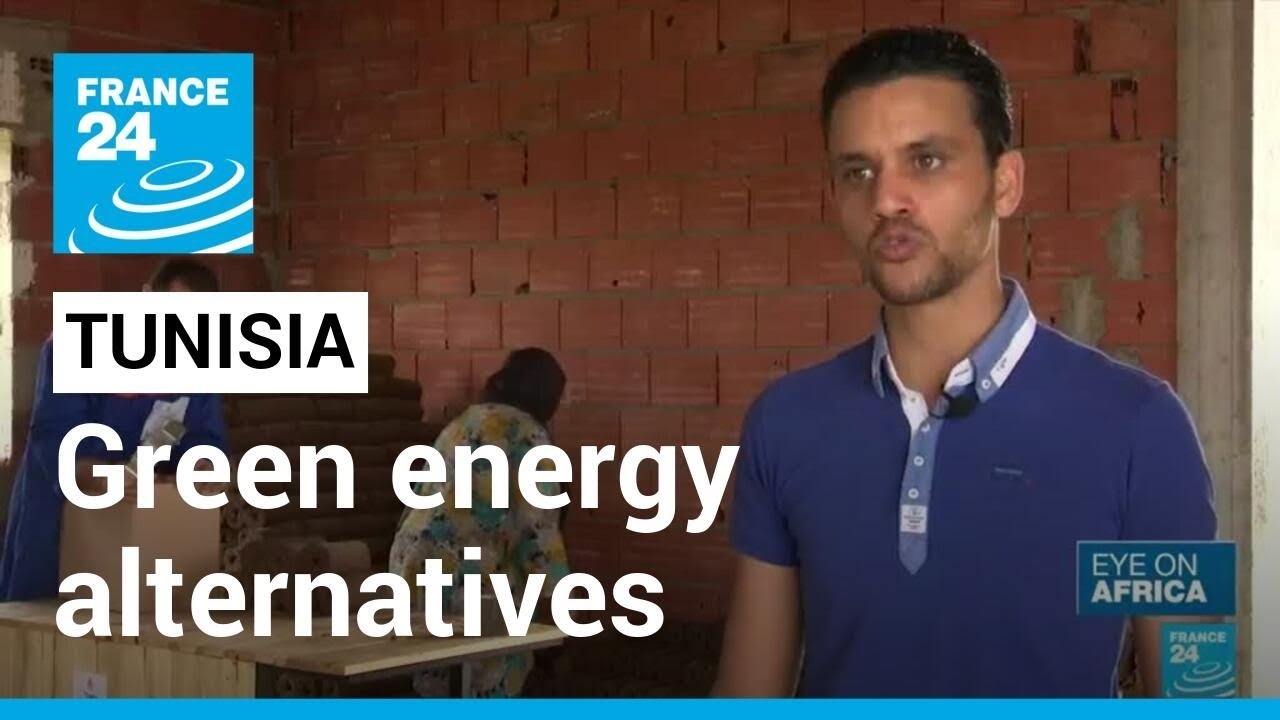
The energy providers Thüga und Energie Südbayern (ESB) as well as Energienetze Bayern have converted parts of their gas network to 100 percent hydrogen in a test area. Mid-September 2023, the H2 feed-in system of the research project H2Direkt was put into operation in Hohenwart, regional district of Pfaffenhofen. Already in this heating period will ten customers be provided with pure hydrogen from there for 18 months initially via the rededicated gas network.
“The conversion of a natural gas network to 100 percent hydrogen with minor technical modifications is feasible, and the operation is safe,” said Bayern’s economy minister Hubert Aiwanger at the starting up ceremony. H2Direkt is therefore a blueprint for a climate-friendly energy supply.
The feed-in system reduces the pressure of the supplied hydrogen and feeds it with 250 millibars into the corresponding network section. The green hydrogen required for this is being supplied by Westfalen AG in trailers by truck to Hohenwart.
The research institute DVGW-EBI had prior to this given the green light for all components installed in the distribution grid area. H2-suitable are also all the components installed in the boiler rooms of the households, including the original existing volumetric gas meters, which are perfectly suitable for accurate measurement with hydrogen. Due to the larger volume flow of hydrogen, they will nevertheless be replaced by commercially available but larger meters.
The 100-percent H2-capable condensing boilers come from the cooperation partner Vaillant. As part of the research project, regulations for the measurement of hydrogen are also being drawn up. The measuring concept for the field test has been approved by the calibration office (Eichamt) or the state office for weights and measures (Bayerisches Landesamt für Maß und Gewicht, LMG). H2Direkt is part of the TransHyDE project “Sichere Infrastruktur” (secure infrastructure) and funded by the German ministry for education and research (see p. 15).








